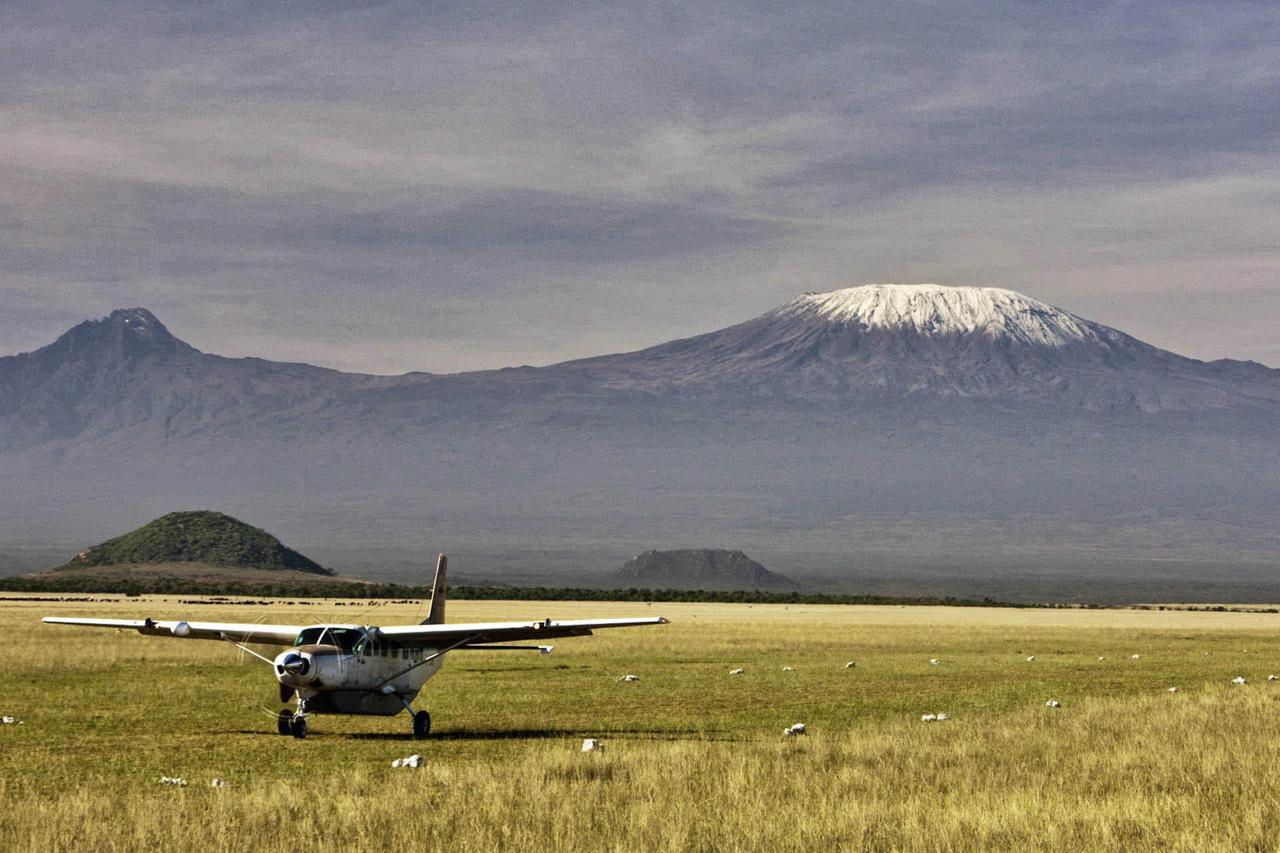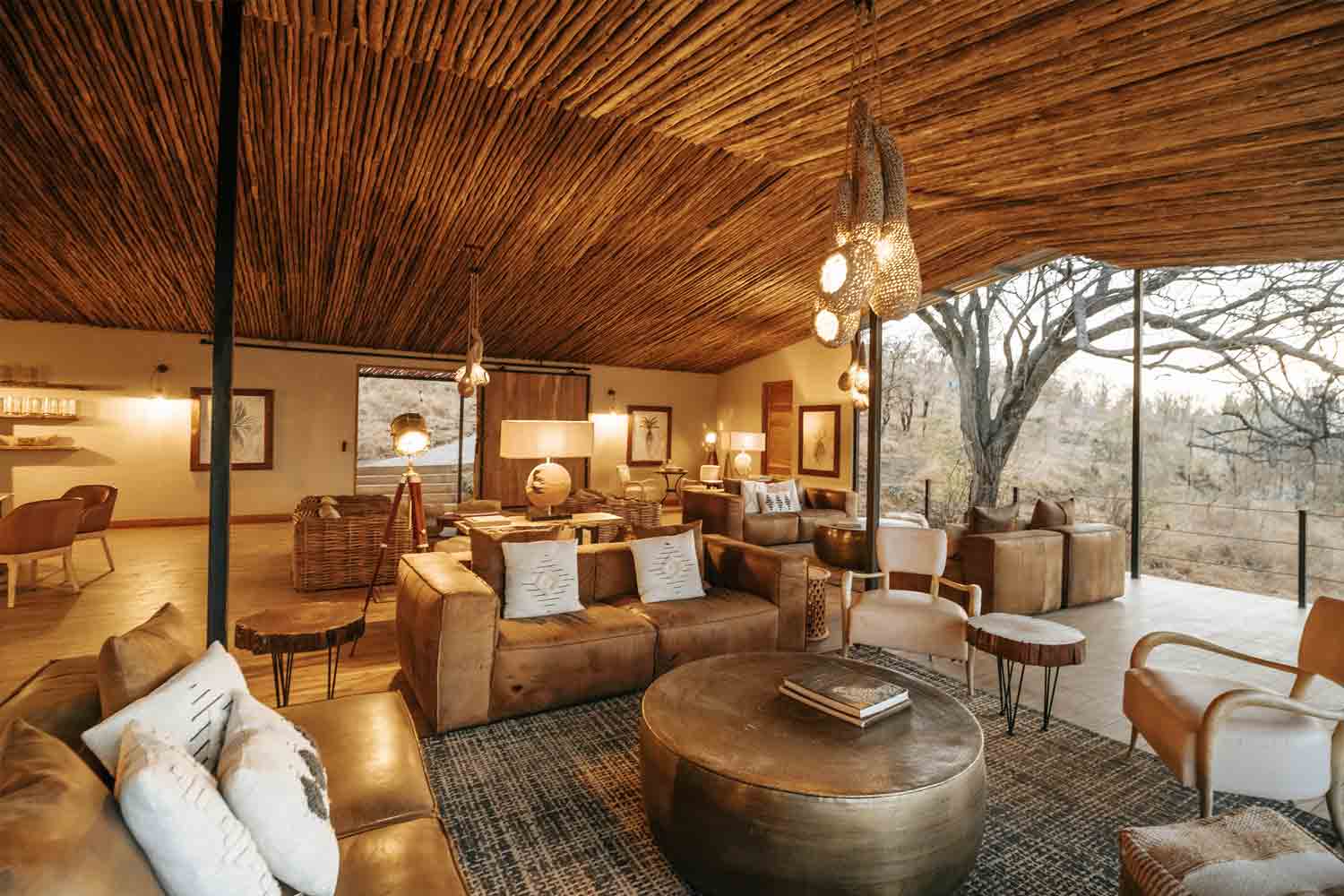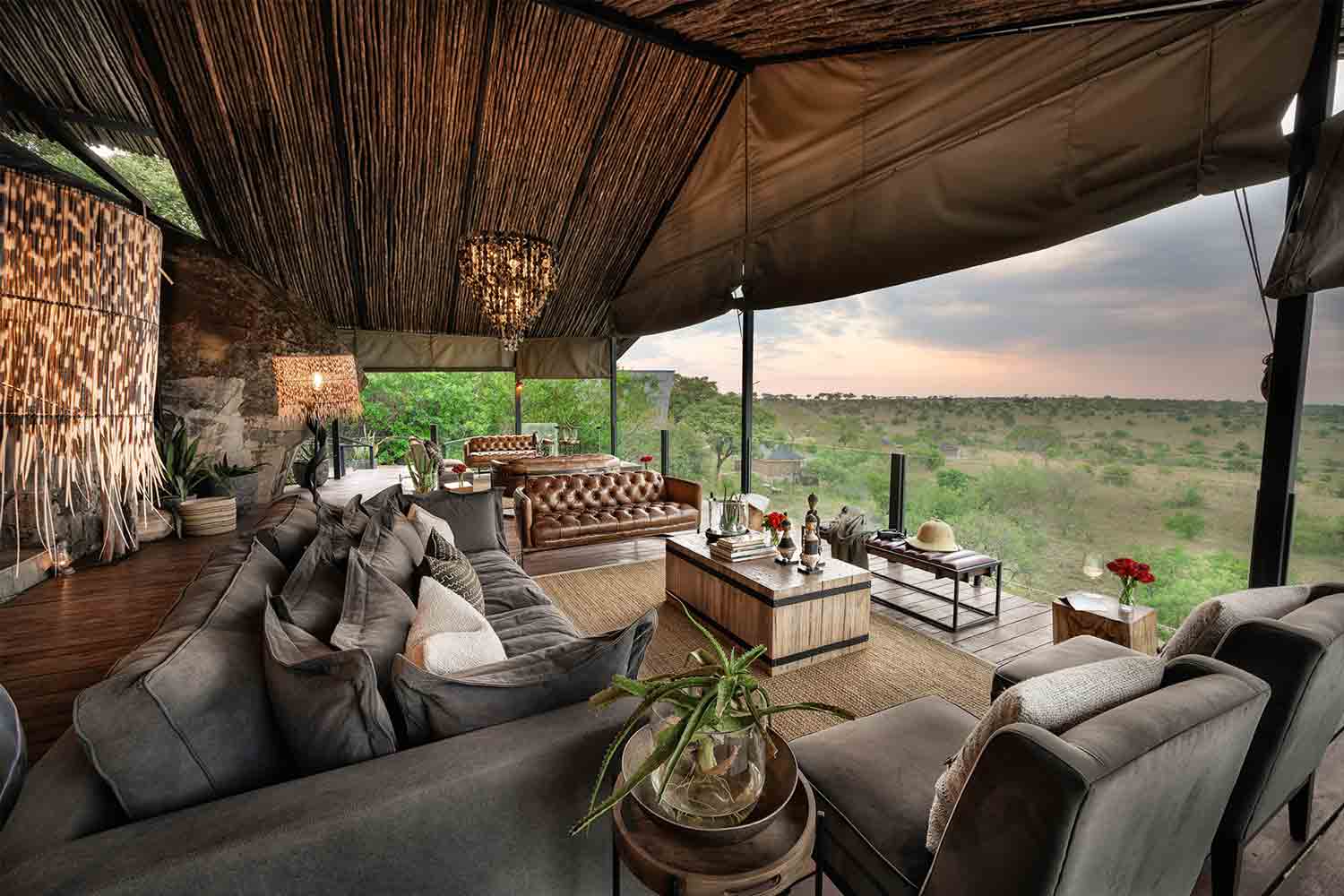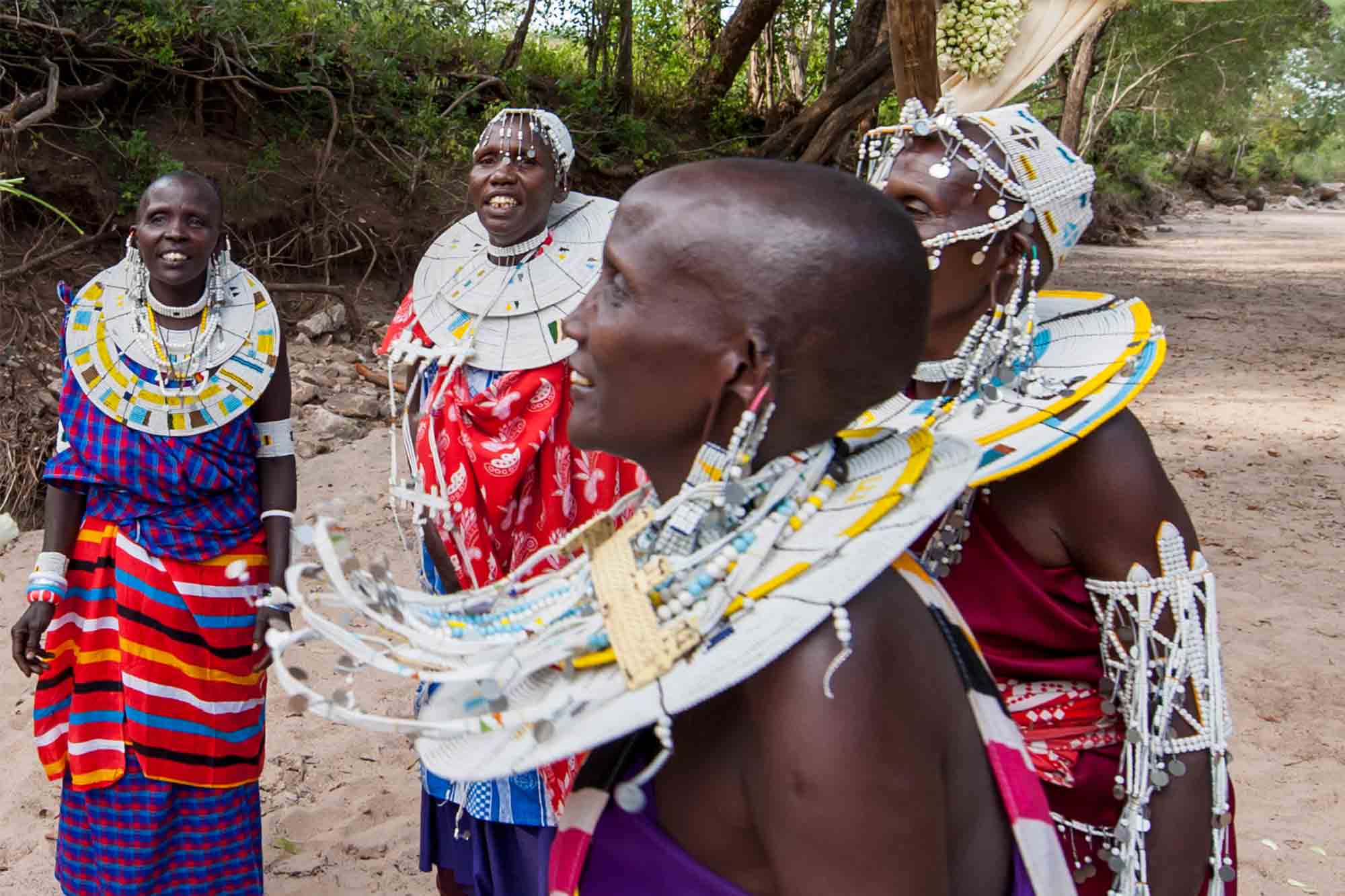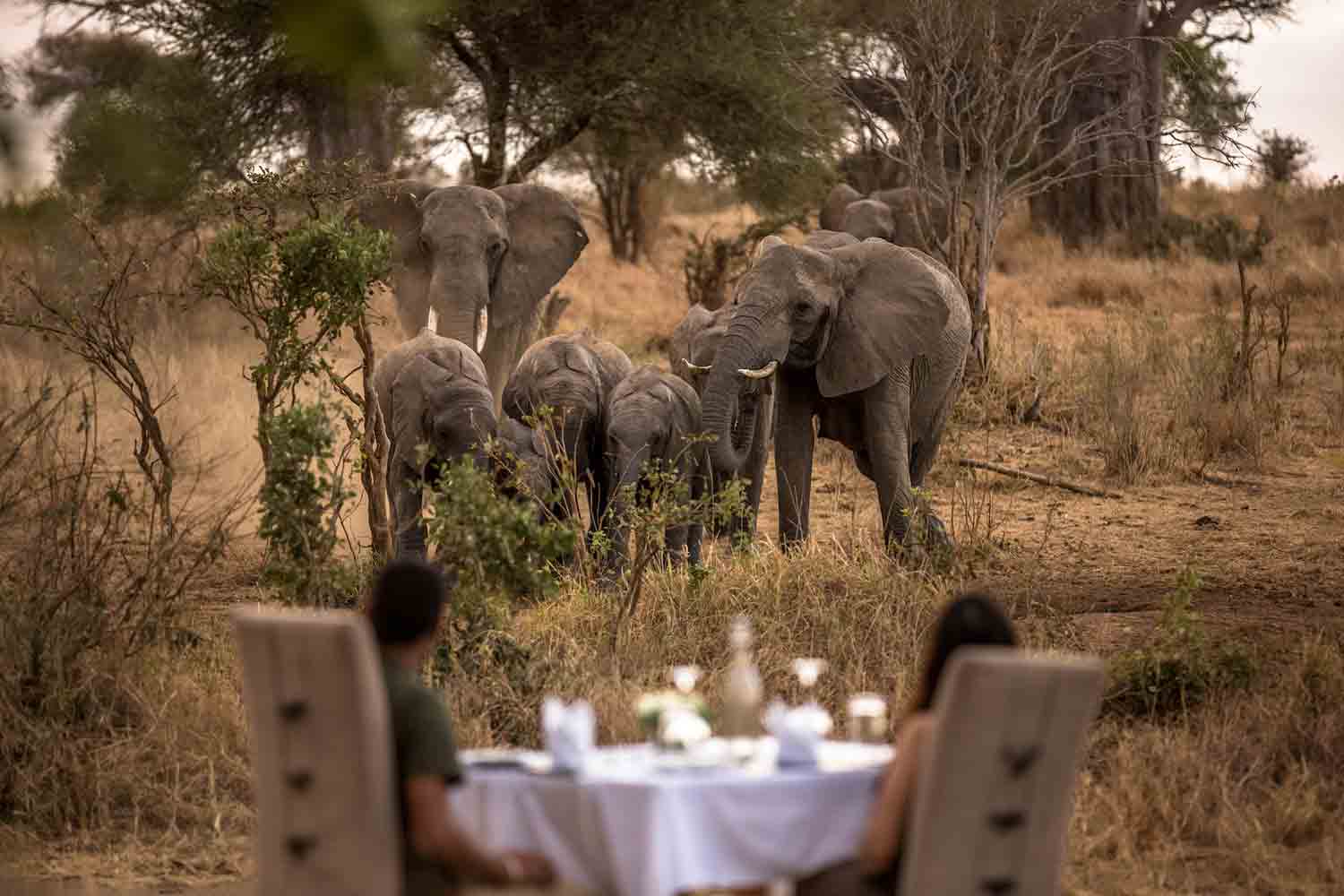JOURNAL
The Maasai giraffe is an icon of the East African plains
The uber-elegant Maasai giraffe (Giraffa tippelskirchi) is a creature steeped in Tanzanian lore and loved for its awe-inspiring presence and the way it symbolises the ability to perceive both the past and the present simultaneously, thanks to its lofty viewpoint. But there's more to our splendid giraffe than long limbs and an elongated neck...
It's known as the "supermodel" of the African wilderness thanks to its distinctive stature and effortless grace, both of which set it apart from its fellow creatures of the plains and make the Maasai giraffe one of the most easily recognisable of East Africa's animal species. With its distinctive colouring and markings that resemble jagged puzzle pieces, the Maasai giraffe is Tanzania's national animal and is known as "twiga" in the Swahili vernacular.
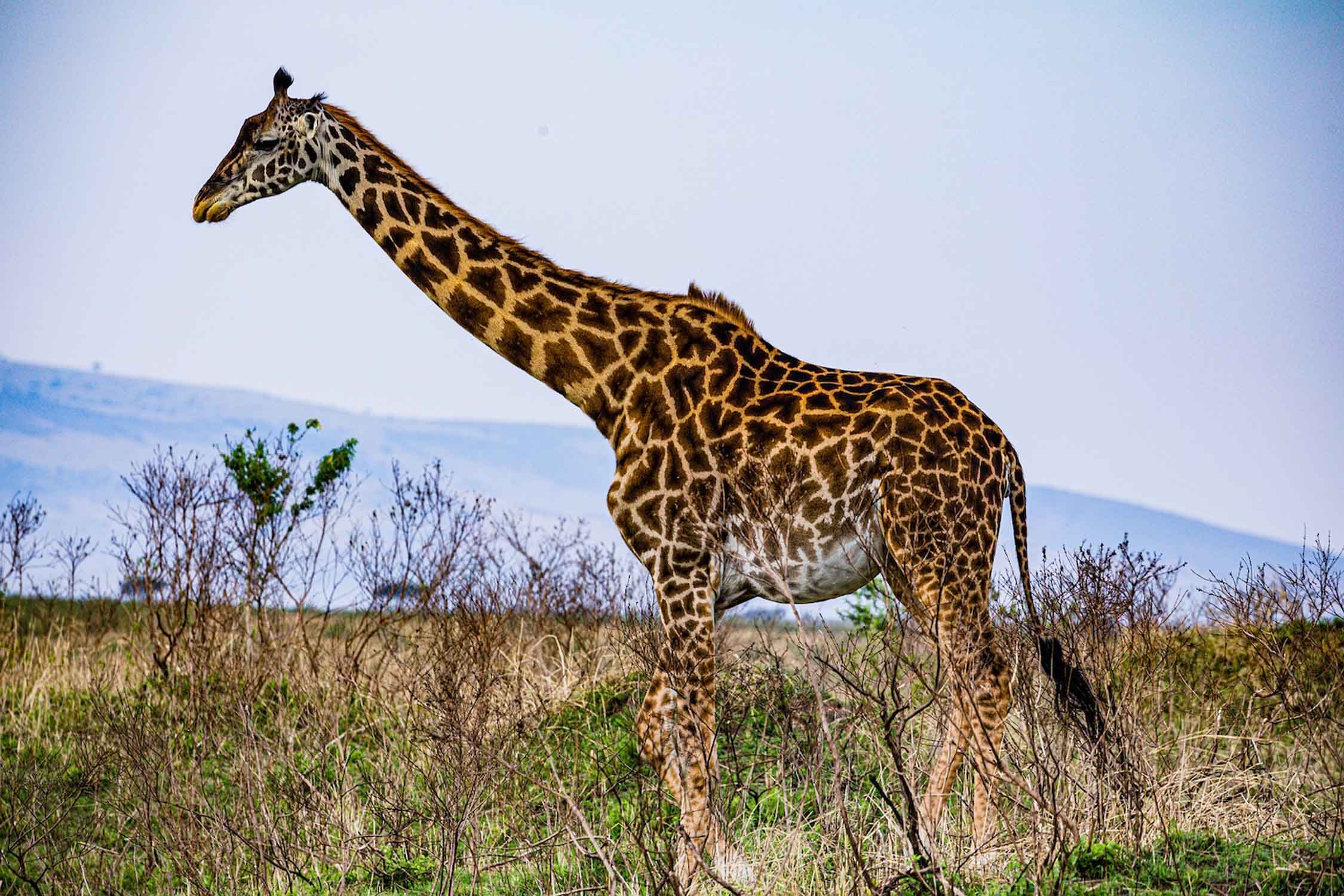
The giraffe is the tallest mammal on the planet, but in spite of this it only has seven vertebrae in its neck -just like a human does. The difference is that each of these vertebrae is up to 30cm long. A giraffe's legs are longer than most humans, at around 1,8m! Male Maasai giraffes grow to a height of up to 5,5m and weigh between 1,1 and 1,9 tonnes, while the females grow to 4,8m and weigh between 700kg and 1,2 tonnes.
Giraffes are browsers, roaming the grasslands and acacia forests that fringe the great plains, feeding on the leaves of a variety of trees with an agile, prehensile tongue that can reach 500cm in length! Coupled with equally deft lips, this remarkable organ enables the giraffe to strip leaves from thorny branches other animals aren't able to reach without the risk of injury.
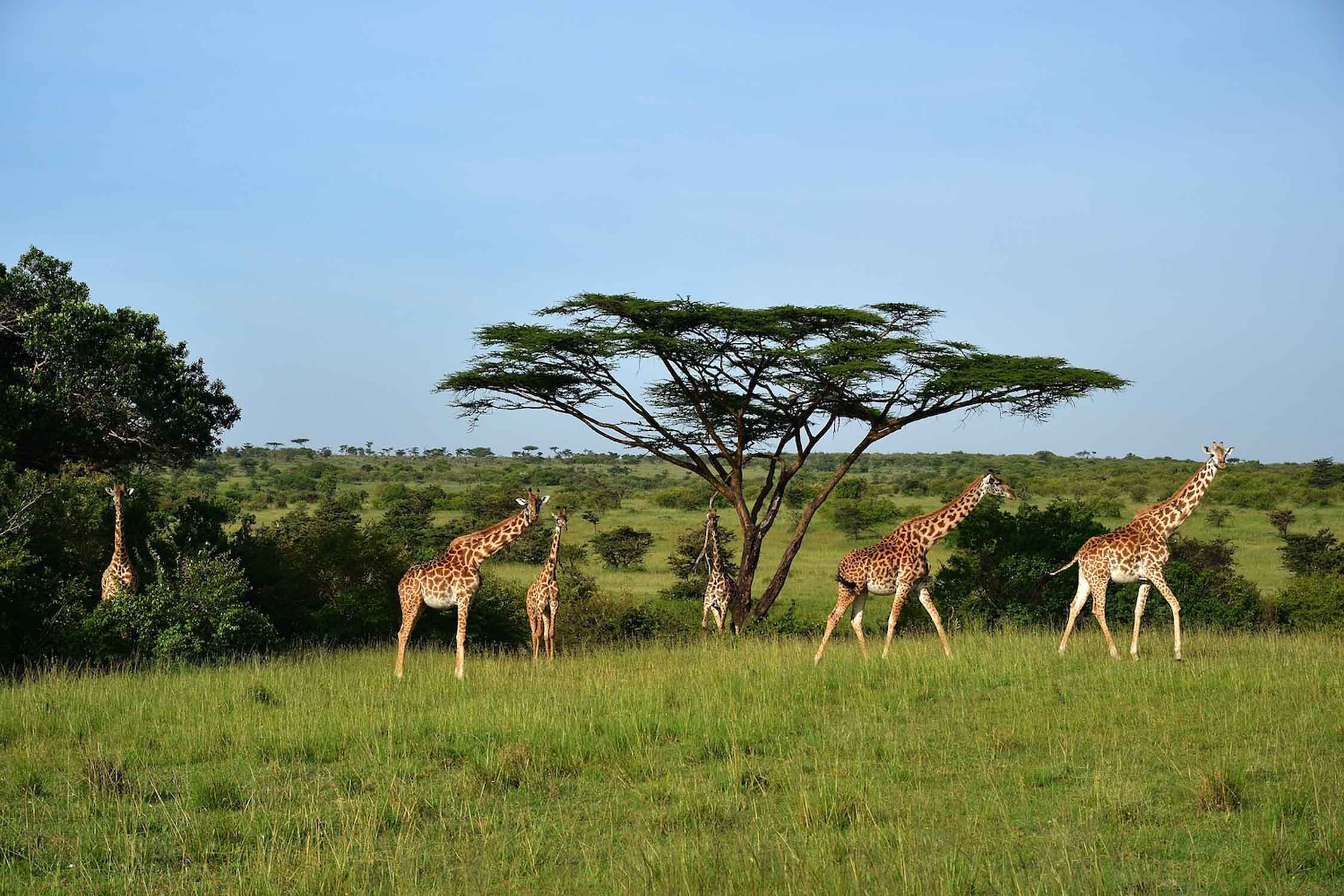
They are diurnal animals, being most active during the day. They feed for up to 20 hours a day, taking short naps to keep up their energy levels and are ruminants, having a four-chambered stomach that allows them to regurgitate cud and chew it, aiding in the digestive process. Male giraffes usually feed on the top branches and females from the bottom branches.
If fresh vegetation is available in large enough quantities giraffes do not need to drink water, getting all the moisture they need from their diet.However, when food is scarce they will drink once or twice a day.
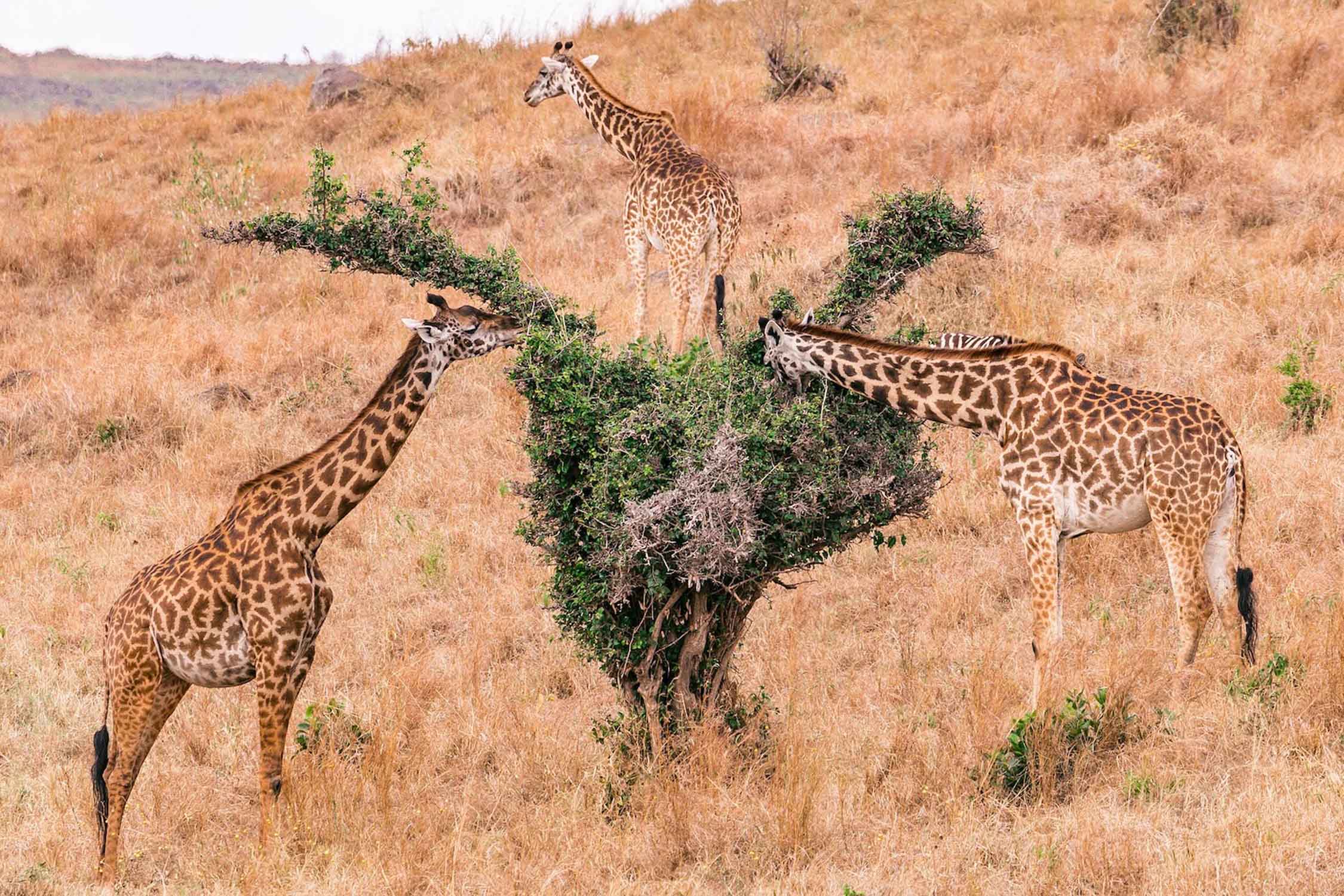
Giraffes live in small groups in what is known as a fission-fusion system, which means that the size and composition of these groups, or herds, change frequently, depending on things like environmental conditions and seasonal changes. This sees individuals come and go on a regular basis as they split from herds and join others.
When it comes to giraffes gathering together, a group of stationary giraffes is known as a "tower", while a group on the move is called a "journey" of giraffe. They are widely distributed throughout northern and central Tanzania including the Serengeti, Tarangire and Manyara ecosystems. You'll also find them in western and southernTanzania, including in Nyerere National Park and the Katavi-Rukwa ecosystem.
Besides the Maasai giraffe, there are three other recognised species of giraffe - the reticulated giraffe (Giraffa reticulata) found in northernKenya, Ethiopia and Somalia; the northern giraffe (Giraffa camelopardalis)found in various African countries across the east, central and western parts of the continent; and the southern giraffe (Giraffa giraffa) that's found throughout the southern African region.
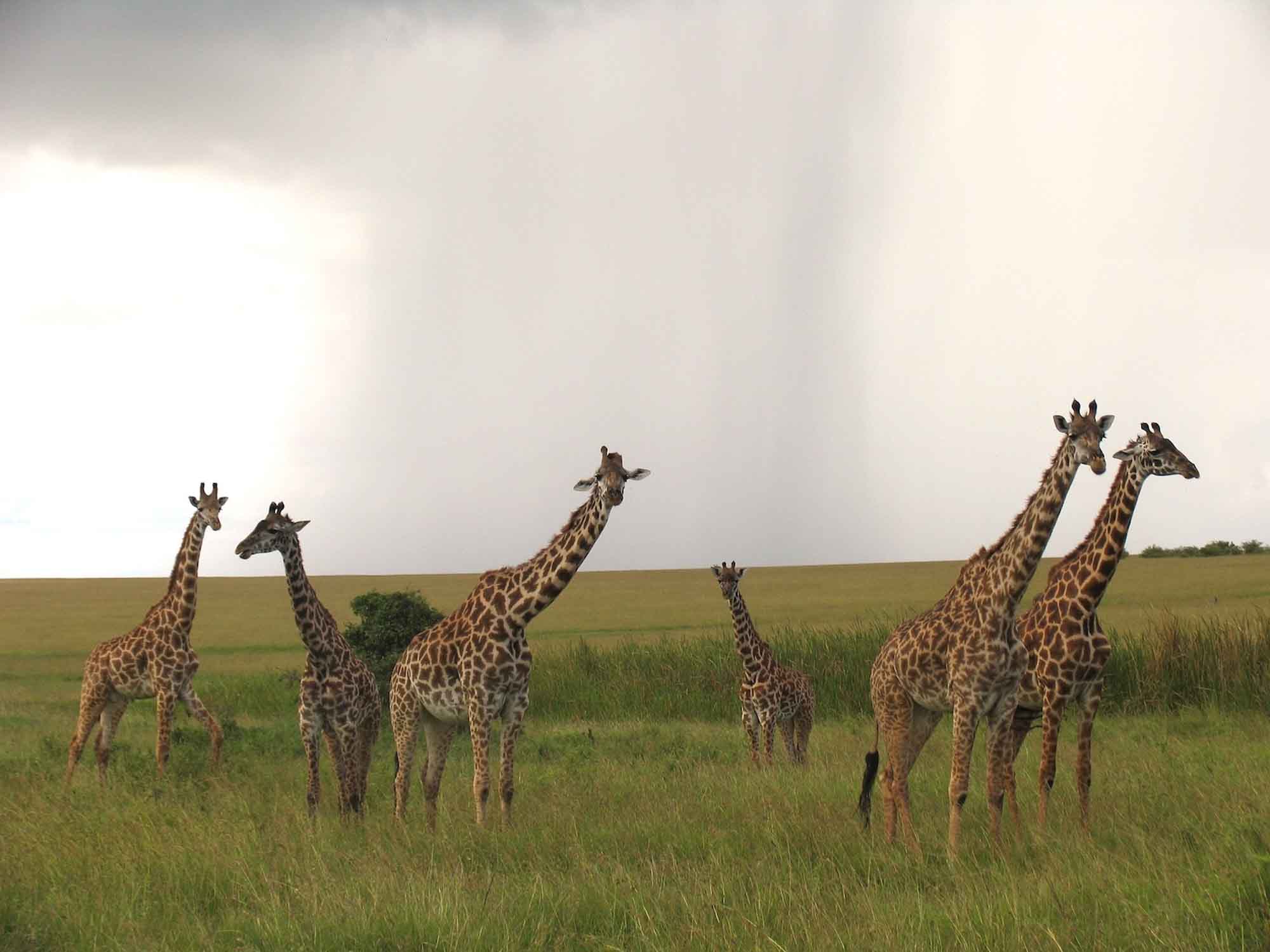
Both the northern and southern giraffes have several sub-species including the Kordofan, west African and Rothschild's giraffes (all sub species of the northern giraffe) and the South African giraffe, Namibian giraffe and reticulated giraffe, all sub species of the southern giraffe.
Each species and subspecies of giraffe has its own unique characteristics, ranging from coat patterns to habitat preferences.
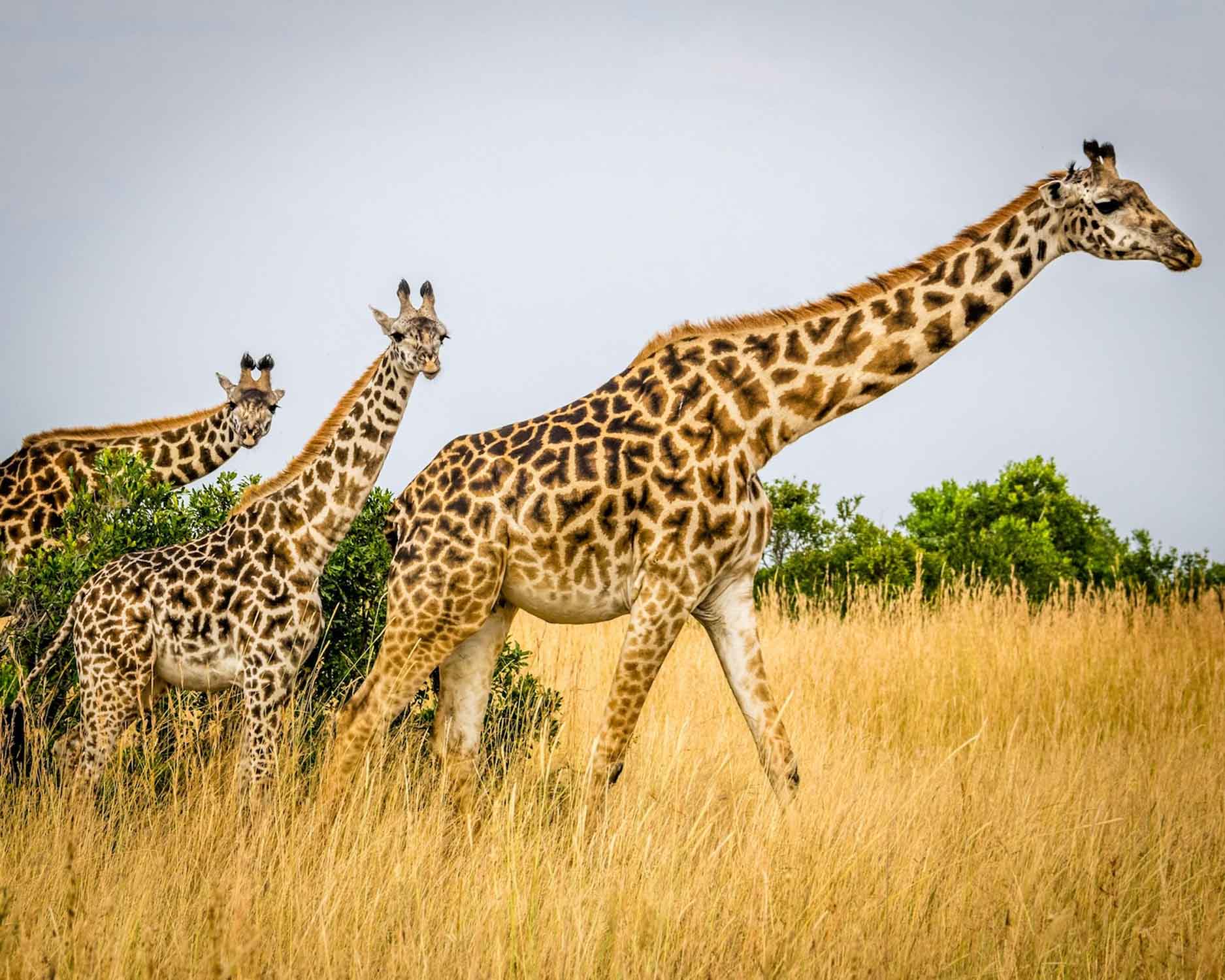
Lions, hyena and poachers are the giraffe's main enemies. Their only defence is their speed and a powerful kick that can render a lion unconscious and in some cases even decapitate it!
Maasai giraffes become sexually active at four years old, and give birth to a single, 1,8m tall calf after an approximate14-month gestation period. Sadly, between 50% and 75% of giraffe calves die in their first few months, mostly due to predators. Calves grow rapidly and while they stay close to mum during their first month, as they get larger they join a nursery group which is looked after by a "babysitter" cow. Calves remain in the nursery for the first year of their 25-30-year lifespan.
As with all giraffes, the markings on the Maasai giraffe's coat are unique in the same way that human fingerprints are. This helps in the identification of individuals.
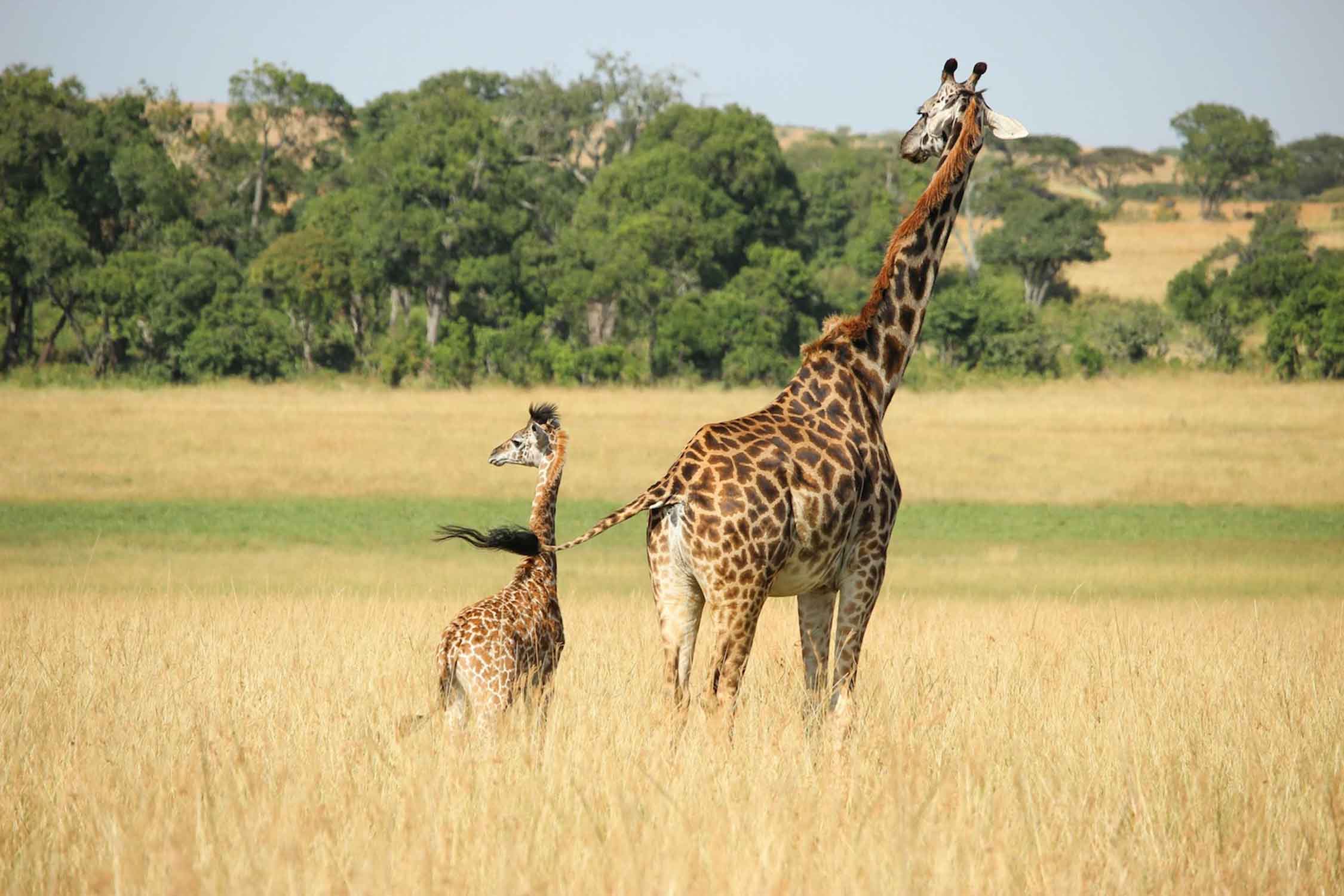
The main threat facing the Maasai giraffe as a species is habitat loss and fragmentation due to human encroachment. As human populations expand, particularly in regions where Maasai giraffes roam, their natural habitats are increasingly converted for agriculture, settlements, and infrastructure development.
This habitat loss not only reduces the available forage for giraffes but also breaks up their range, isolating populations and limiting their ability to migrate and breed. Additionally, habitat fragmentation can increase the risk of human-wildlife conflict, as giraffes may venture into areas where they encounter farmers or face hazards such as roads and fences. Consequently, addressing habitat loss and ensuring the protection of key habitats are critical for the conservation of the Maasai giraffe.

